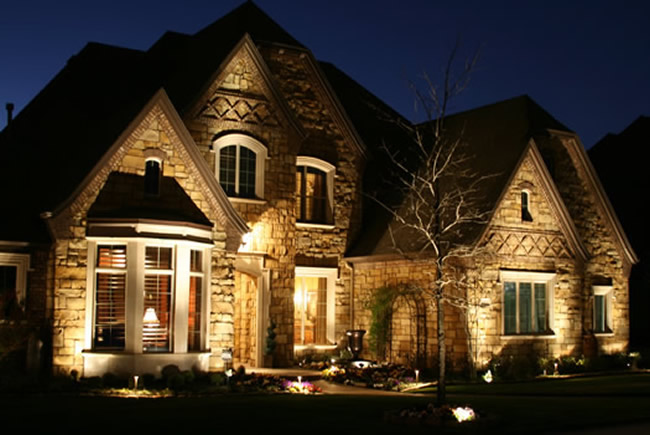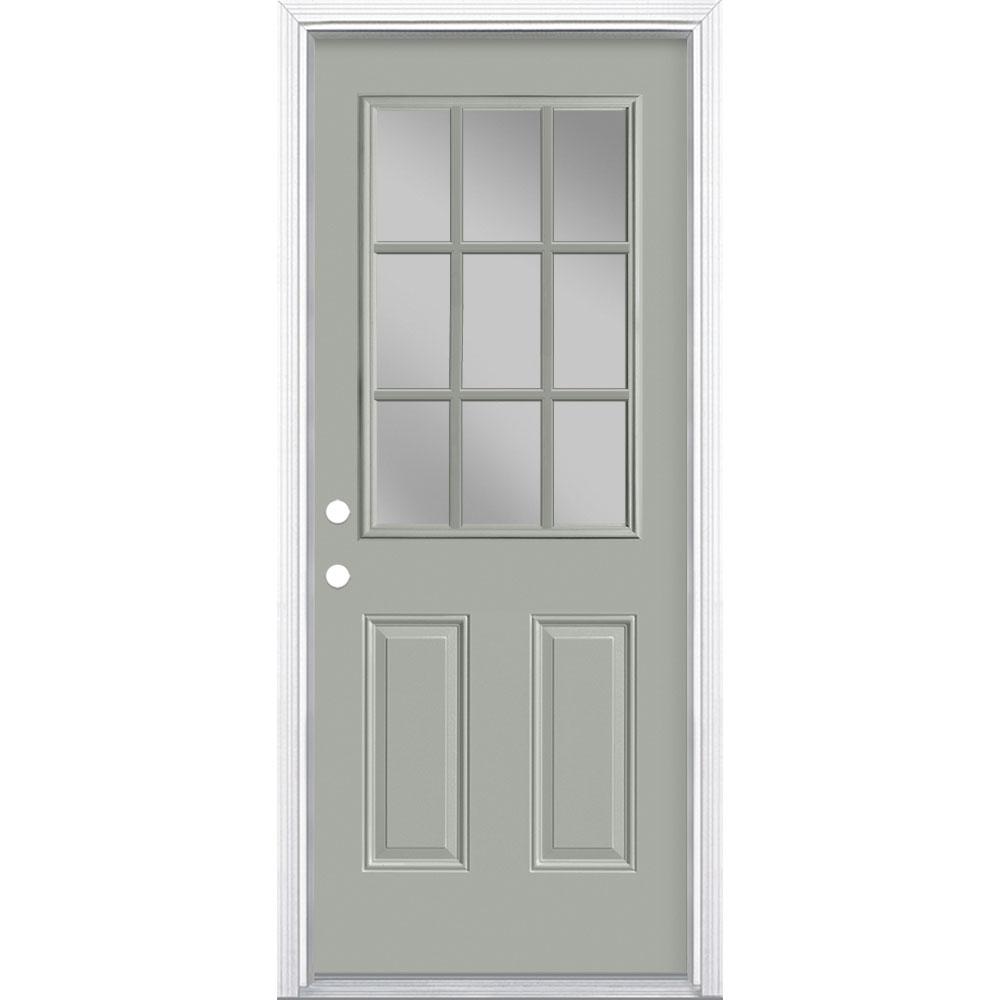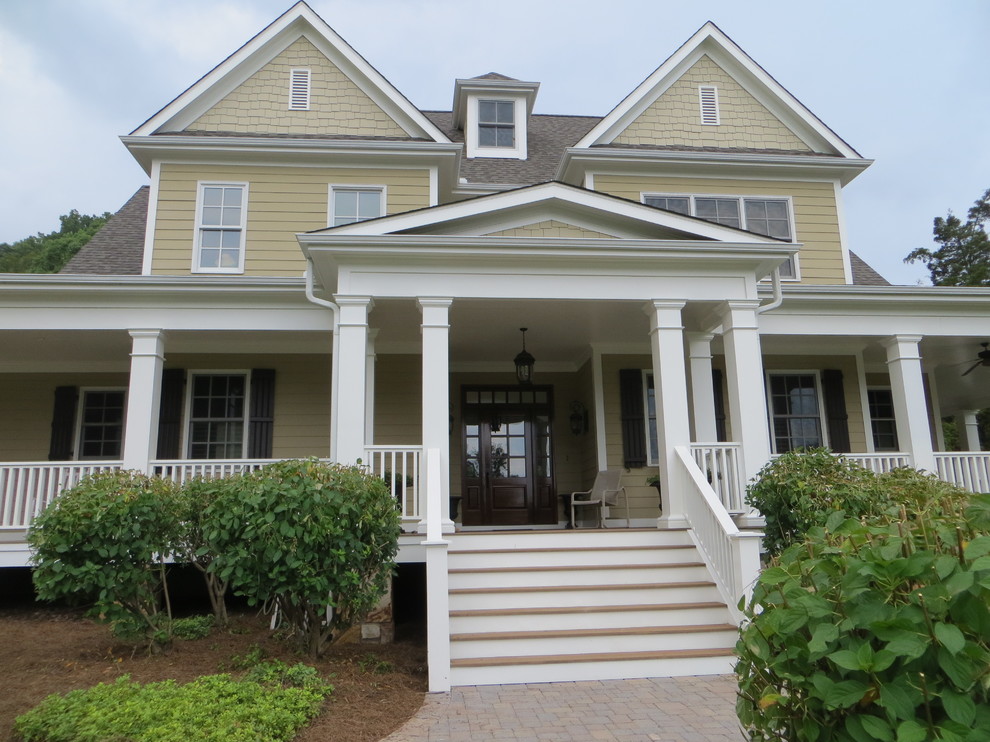By that, we mean knowing what type of paint to use, what temperature the substrate/paint should be, how cold the temperature can actually be, when to paint, and other factors that make or break a quality paint job. Apply our exterior paint between 10 a.m. applying exterior paint in cold weather.
Applying Exterior Paint In Cold Weather, It’s essential to remove any surfaces that are extremely shiny, such as areas where the paint hasn’t been dulled by the sun. Then, insert backer rod and apply more caulk. Painting when the weather is changing is not your run of the mill paint job, but it is definitely achievable.
 Can You Paint External Metal in Cold Weather? Vanda Coatings From vandacoatings.co.uk
Can You Paint External Metal in Cold Weather? Vanda Coatings From vandacoatings.co.uk
This allows surfaces to warm up and will also allow time for the paint to cure before temperatures begin to drop rapidly and dew falls. If it doesn’t, you might be repainting your home’s exterior sooner than you planned. With hot weather exterior painting, the rule is don’t paint in the sun and follow the shade around the house.
Behr ultra exterior extends your painting season, allowing applicat.
Wet paint, as a result, is more vulnerable to collecting dirt, insects and pollen multiple coatings can’t easily be applied. Paints, like materials, react to changes in temperature and humidity as well. If it failed adhesively (pulled away from the edge), you’ll need to remove it. The sun can also be a factor because direct sunlight can cause paint to dry too quickly, creating lap marks. Wet paint, as a result, is more vulnerable to collecting dirt, insects and pollen multiple coatings can’t easily be applied. In summer the rule is, don’t paint in the sun—follow the shade around the house.
Another Article :
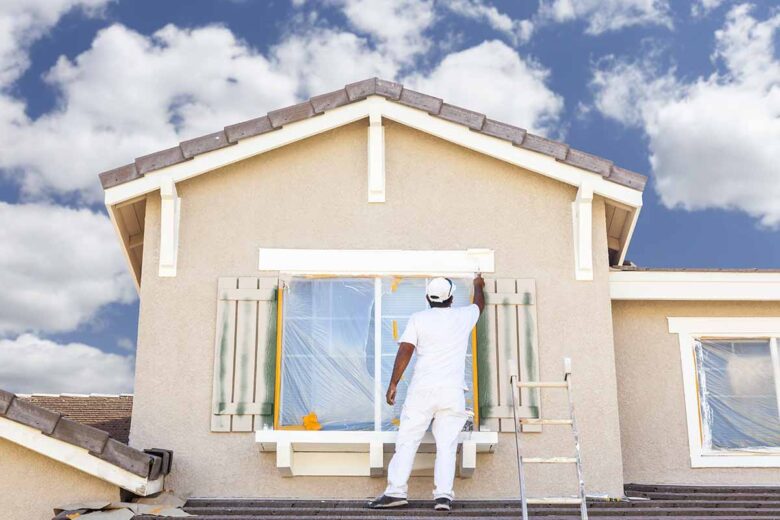
Effects of spray painting in cold weather. Focus on prep work in the early morning and late afternoon, and apply paint between 10 a.m. Painting in cold weather can be a hassle if you�re not up to speed on what you need to do to make your paint perform prop. Completely enclose the area where you want to paint, and use a space heater to raise the temperature to between 70 and 80 degrees. Effects of spray painting in cold weather. 8 Tips For Cold Weather Exterior Painting Timeslifestyle.
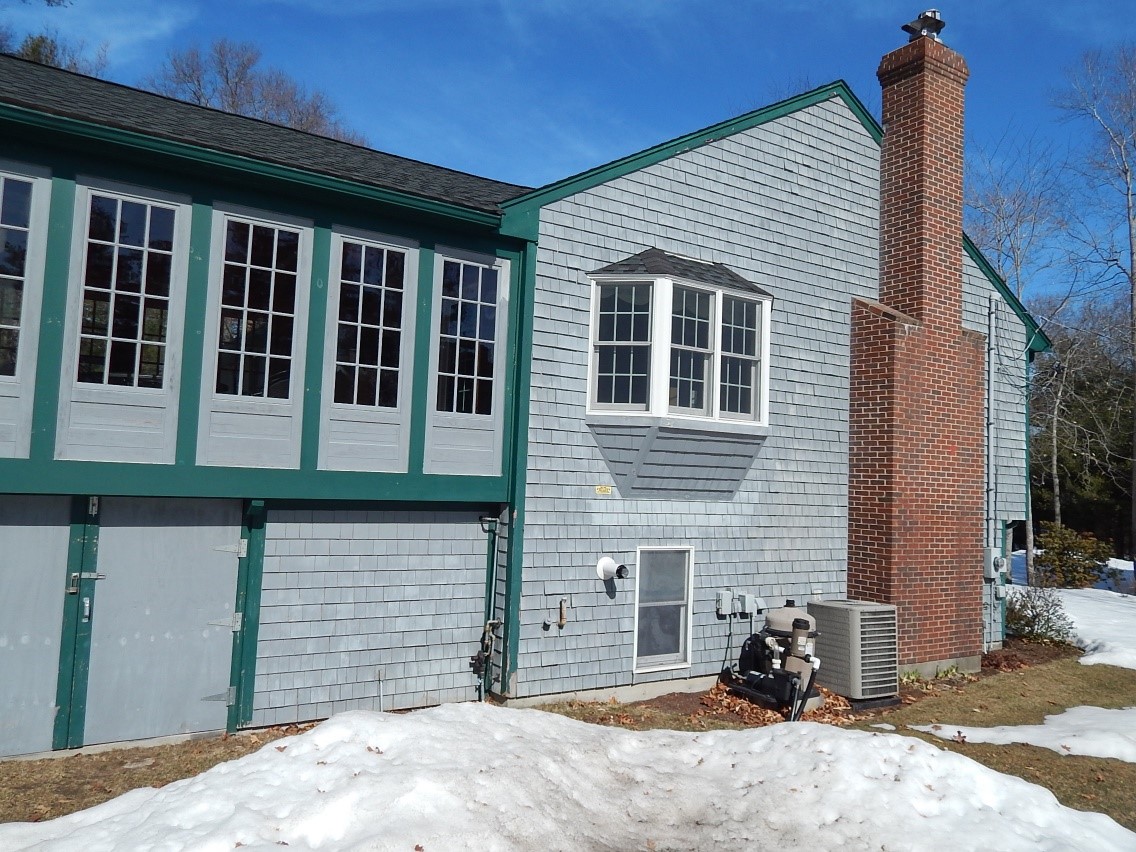
Applying the material on a cold surface will sometimes cause the paint to freeze, or thicken to the extent that it is difficult or impossible to apply. If it doesn’t, you might be repainting your home’s exterior sooner than you planned. The ideal is to use conventional 100% acrylic house paint, which should be applied in the range of 50 to 70 degrees, though it can be used in lower temperatures if absolutely unavoidable. However, conservation studies have shown that there are significant chemical differences in cured oil paints, depending on the climate in which the paintings were created, and we would therefore recommend avoiding extreme temperatures, wherever possible. Moisture can freeze on the surface, causing serious application problems and premature coating failure. Cold Weather Exterior Painting.

However, conservation studies have shown that there are significant chemical differences in cured oil paints, depending on the climate in which the paintings were created, and we would therefore recommend avoiding extreme temperatures, wherever possible. Key watchouts ideal temperatures for painting can be found on the technical data sheet for each benjamin moore product, all of which are available online. Make sure the surface is warm enough to accept paint ~50°f. The ideal is to use conventional 100% acrylic house paint, which should be applied in the range of 50 to 70 degrees, though it can be used in lower temperatures if absolutely unavoidable. If it failed cohesively (split down the middle) and isn’t silicone, you can likely just clean it with some soap and water, insert backer rod if it’s not there already, and reapply the new caulk right over top. Cold Weather PaintingAmerican eBuilder.
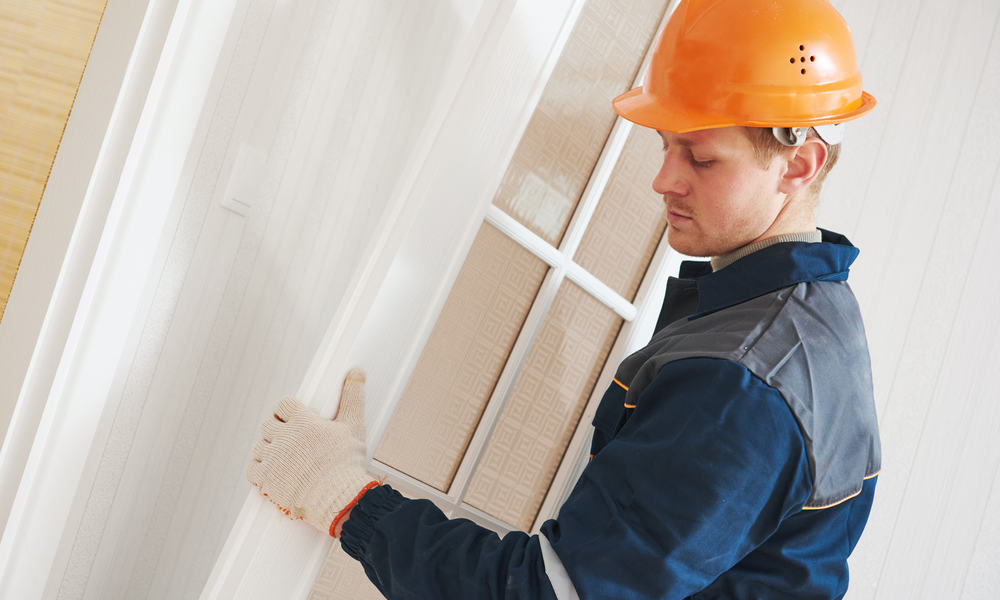
It’s essential to remove any surfaces that are extremely shiny, such as areas where the paint hasn’t been dulled by the sun. Problems with painting in cold temperatures could otherwise be that the paint doesn’t dry properly. Don’t cook the existing paint off, just warm it up to the touch. However, you also need to take other variables into account. Frost might have to be scraped off and the surface wiped down, so that moisture isn’t trapped underneath the coating once it has been applied. 4 Ways to Fix a Swollen Door.

Don’t cook the existing paint off, just warm it up to the touch. The ideal is to use conventional 100% acrylic house paint, which should be applied in the range of 50 to 70 degrees, though it can be used in lower temperatures if absolutely unavoidable. Frost might have to be scraped off and the surface wiped down, so that moisture isn’t trapped underneath the coating once it has been applied. Try to paint in the morning to early afternoon. Don’t cook the existing paint off, just warm it up to the touch. Tips for Installing Garage Floor Epoxy in Cold Weather.

Painting in cold weather can be a hassle if you�re not up to speed on what you need to do to make your paint perform prop. If it doesn’t, you might be repainting your home’s exterior sooner than you planned. Try to paint in the morning to early afternoon. If it failed adhesively (pulled away from the edge), you’ll need to remove it. “it should be at least 50° f when you’re applying the. Cold Weather Exterior Painting Can Be Done Here’s How!.

If it doesn’t, you might be repainting your home’s exterior sooner than you planned. If it failed cohesively (split down the middle) and isn’t silicone, you can likely just clean it with some soap and water, insert backer rod if it’s not there already, and reapply the new caulk right over top. However, conservation studies have shown that there are significant chemical differences in cured oil paints, depending on the climate in which the paintings were created, and we would therefore recommend avoiding extreme temperatures, wherever possible. “it should be at least 50° f when you’re applying the. Cold temperatures slow the oil’s rate of oxidation and crosslinking, thus preserving the paint. 17+ How to prepare exterior door for painting Solid Woods.

The sun can also be a factor because direct sunlight can cause paint to dry too quickly, creating lap marks. The key is to know what you are doing. Completely enclose the area where you want to paint, and use a space heater to raise the temperature to between 70 and 80 degrees. Applying the material on a cold surface will sometimes cause the paint to freeze, or thicken to the extent that it is difficult or impossible to apply. Cold temperatures slow the oil’s rate of oxidation and crosslinking, thus preserving the paint. What�s the Right Outdoor Temperature Range for Exterior.

Problems with painting in cold temperatures could otherwise be that the paint doesn’t dry properly. But in cold weather, it’s the opposite. To allow surfaces to warm up and to allow time for curing before dew falls. Track the temperature of the surface as well as the surrounding air (they can be significantly different). While painting your home exterior in cold weather can be done, it’s important to be certain that the house paint you choose states on the can that it can be used in cold temperatures. Canal Fulton Library Tober Building Company.

While painting your home exterior in cold weather can be done, it’s important to be certain that the house paint you choose states on the can that it can be used in cold temperatures. But in cold weather, it’s the opposite. The ideal is to use conventional 100% acrylic house paint, which should be applied in the range of 50 to 70 degrees, though it can be used in lower temperatures if absolutely unavoidable. Moisture can freeze on the surface, causing serious application problems and premature coating failure. The key is to know what you are doing. 3 Things to Remember About Painting in Cold Temperatures.
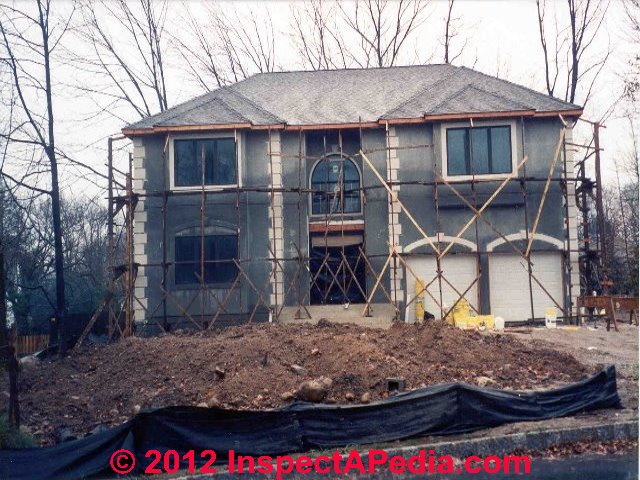
This will be when the weather is most ideal. There are a few reasons for this: Apply our exterior paint between 10 a.m. The paint takes longer to dry. To allow surfaces to warm up and to allow time for curing before dew falls. Stucco Wall Methods and Choices Best Practices Guide.

Track the temperature of the surface as well as the surrounding air (they can be significantly different). There are a few reasons for this: If it failed cohesively (split down the middle) and isn’t silicone, you can likely just clean it with some soap and water, insert backer rod if it’s not there already, and reapply the new caulk right over top. Paint goes on best between 70°f and 80°f, so it won’t take much applied heat to bring the temp up. Don’t cook the existing paint off, just warm it up to the touch. Can You Paint External Metal in Cold Weather? Vanda Coatings.
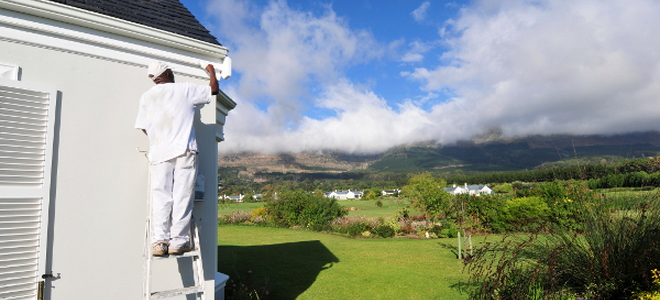
There are a few reasons for this: Focus on prep work in the early morning and late afternoon, and apply paint between 10 a.m. Be sure you book your exterior painting project when you have ample time to allow each coat of paint to dry. Generally, it is not recommended to apply paint when the temperature is less than 50 degrees. In summer the rule is, don’t paint in the sun—follow the shade around the house. When Painting, Watch the Temperature.
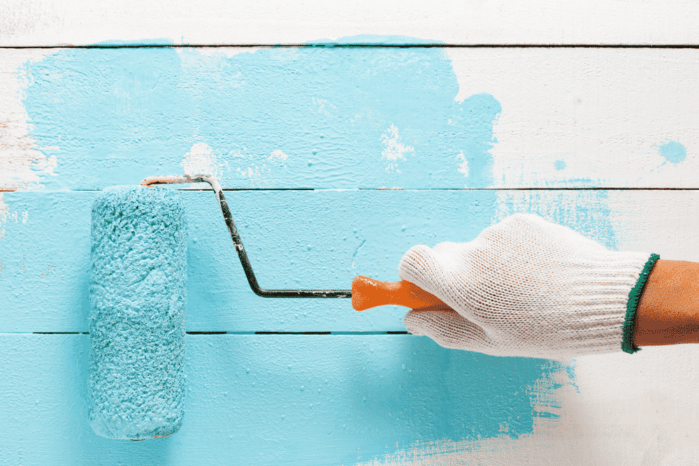
The cold according to the paint quarterly institute, most latex paints shouldn’t be applied when the air temperature gets below 35°f to 50°f. Completely enclose the area where you want to paint, and use a space heater to raise the temperature to between 70 and 80 degrees. To allow surfaces to warm up and to allow time for curing before dew falls. This allows surfaces to warm up and will also allow time for the paint to cure before temperatures begin to drop rapidly and dew falls. Be sure you book your exterior painting project when you have ample time to allow each coat of paint to dry. Can You Use Exterior Paint Inside? Find Out The Answer.

The paint takes longer to dry. Problems with painting in cold temperatures could otherwise be that the paint doesn’t dry properly. Wet paint, as a result, is more vulnerable to collecting dirt, insects and pollen multiple coatings can’t easily be applied. Don’t cook the existing paint off, just warm it up to the touch. There are a few reasons for this: How Long Does It Take For Exterior Paint To Dry In Cold.
